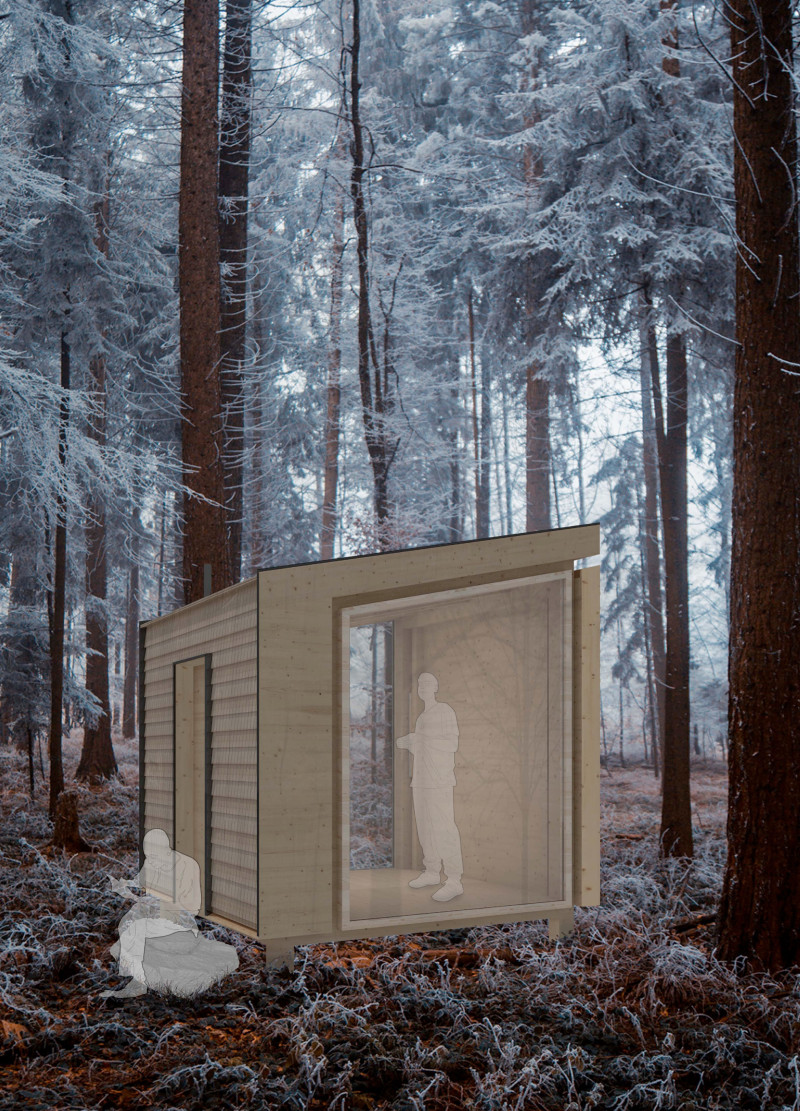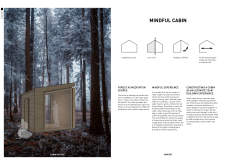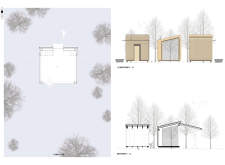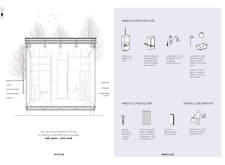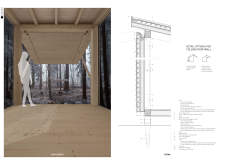5 key facts about this project
At its core, the project represents a commitment to fostering community engagement and promoting sustainability. The architecture serves multiple functions, accommodating diverse activities that enhance the local community's quality of life. This multifunctionality is carefully considered in the layout, where spaces are designed to support social interactions while also providing private areas for reflection and solitude. The careful orchestration of spatial relationships allows for a fluid movement throughout the building, inviting users to explore each area and engage with the various offerings of the design.
Unique design approaches are emphasized throughout this project, notably in the choice of materials, architectural form, and environmental strategies. The use of locally sourced materials not only reduces the project’s carbon footprint but also contributes to the contextual identity of the building. For example, the inclusion of natural wood and stone elements brings warmth and texture, establishing a dialogue between the structure and its environment. The careful selection of glass further enhances this relationship; expansive windows provide natural light while framing views of the exterior landscape, creating a visual connection with nature that enriches the user experience.
Architectural details play a crucial role in this project. The facade is characterized by a rhythmic play of solids and voids, allowing light to penetrate the interior while offering privacy where necessary. This careful consideration of transparency and solidity not only enhances the aesthetic quality of the architecture but also creates a dynamic interplay of light, shadow, and texture throughout the day. Elements such as overhangs and louvers provide solar shading, contributing to the overall energy efficiency of the building while also adding depth to the architectural composition.
Through the integration of green technologies, the design promotes sustainable practices and demonstrates a commitment to environmental stewardship. Features such as rainwater harvesting systems, green roofs, and energy-efficient heating and cooling systems reflect a comprehensive approach to sustainability. This commitment not only minimizes the ecological impact of the building but also educates users about the importance of environmentally conscious design.
The architecture is also notable for its attention to accessibility and inclusivity. Every element of the design has been carefully considered to ensure that individuals of all abilities can access and enjoy the space. This attention to detail extends to the layout of pathways, entrances, and facilities, making it a welcoming environment for everyone.
As visitors engage with this architecture, they are invited to explore not only the physical space but also the architectural ideas embedded within it. Architectural plans and sections reveal the thought process behind the design, showcasing how each detail supports the overarching vision of connectivity and community. The strategic arrangement of spaces, coupled with the materiality and environmental considerations, creates an experience that is both enriching and reflective of the local context.
This project embodies a thoughtful approach to modern architecture, standing as a testament to the possibilities of design that merges functionality, aesthetics, and sustainability. As you delve deeper into the specific architectural plans, sections, and designs, you gain a fuller appreciation for the intricacies and intentionality that define this unique undertaking. We encourage you to explore the project presentation to uncover more details and insights, offering a richer understanding of the architectural journey captured within this remarkable design.


